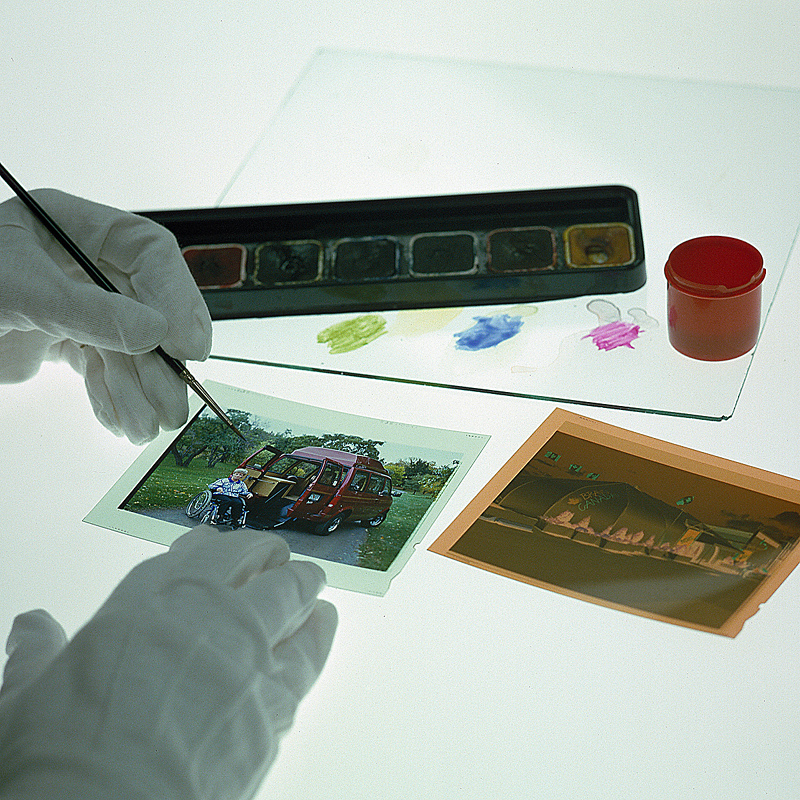
Capture Customers with Images
At this point in the world of email marketing, pretty much everyone uses images, or at the very least, a logo at the top. Unless there’s some kind of emergency and you need to get information out quickly, you should always use images in your emails. But, do you know the purpose of including pictures in your email? Images are visually interesting and engaging to someone reading your email, they can induce them into making a purchase, a donation or signing up for a webinar. They help break up your text, making it easier to read and get to the great info you include. Also, using a logo near the top helps remind your recipient they are reading the correct email, especially important for the mobile users on your list. And, for reporting purposes, you’ll want to send out graphical emails so you can get insight into your recipients’ email-reading habits.
Now that you know the why, let’s cover the important question: what are the rules for these images? Good question! Here are some best practice tips for using images in your emails.
Size – Image size is important for a number of reasons. First, you want your images to download quickly so that your recipient can see and enjoy them. If you are using large images, or a lot of images, it could take some time for them to download and your recipient may give up. And though you may think everyone has high speed internet available, the truth is that there are plenty of places that don’t. Mobile users face a similar dilemma; the wifi that they use can sometimes be a bit slow. Second, if your recipients are reading the email on a desktop email client (or even on mobile), they can still run into problems with larger images causing side-to-side scrolling. To keep all your recipients happy keep these rules in mind:
- Always include a logo at the top
- Keep images under 25kb for easy loading
- Keep image sizes within these guidelines:
- Banner along the top 500-550 px wide
- Body of email — 150-200 px wide
- Social Media icons — usually around 40 px square
- Mobile users clicking on a call-to-action button need around 40 px square
Alt Text – One of my favorite topics and, next to pre-header text, the one most people are confused by. Alt text is basically writing on the back of a photo. Remember when you used to get your pictures printed and then wrote info on the back? That’s exactly what alt text is, but for the digital age. Your recipients will only see alt text if their email program is blocking the images. As this is now default for most email programs, you really need to consider what your recipients will see before they click the link to allow the images to display. A line or two about what’s going on in your email, a call to action, or even a great description of the image is all that you need. And for your logo, add your company name and maybe your website, not a description of the banner you are using, i.e. VR_header_banner_bg_650. No one knows what that means, and it’s not going to compel your recipients to turn on the images, or even read beyond that first image. I know you’ve all heard this before, but test your emails, even as far as what your alt text says. Trust me, the two minutes you take to do that will pay off down the line.
Link – Most people at this point know they can click on an image in an email and be taken somewhere. If your recipients know this, make sure you are giving them a link! Keep in mind that you want to link them where they expect to go, don’t drop them on your main page and hope they find the right info – They won’t, and you’ll lose them. We’ll track the clicks on links, text or images, so you’ll know what your recipients like enough to click and can keep providing them that.
Balance – As I mentioned earlier, most email programs block images by default, so you’ll want to include both text and images in your emails. If your recipient for some reason doesn’t turn on the images, they still need to know the purpose of your email. For example, if you have an event coming up, you’ll want all the pertinent information in the text portion of your email: where, when, and what all need to be written out. Plus, having a balance will help get your email to the inbox. No matter how tempting, or how often you see ‘the big guys’ do it, don’t use just one or two images as the sole content of your email. With images blocked, your recipients won’t know what’s going on in the email, and if there isn’t any alt text, the first line of text they see may be the unsubscribe – Yikes! We usually say to have 70-80% of the email be the text and 20-30% images. It depends on your content of course, but try to have a higher text content to image ratio.
We are in a very social age, you’ll want to share your email on Facebook, Twitter and even Pinterest, and images will help get more people looking at the email on social media. And, keeping your recipients engaged and reading your emails will keep your business growing!
© 2012 – 2018, Contributing Author. All rights reserved.



